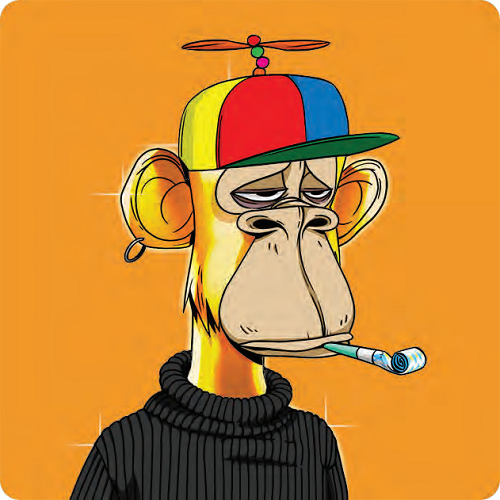Non-fungible tokens (NFTs) and their headline-grabbing prices disrupted the traditional art world in 2021, legitimizing digital art and bringing in a whole new breed of buyers. Mari-Claudia Jiménez—chairman, managing director, and worldwide head of business development, global fine arts for Sotheby’s auction house—offers insights on their influence, the state of the global market, and more.
In 2021, digital art changed the way people view and buy art. What were the biggest surprises?
Digital art and NFTs have taken the market by storm, and by October 2021, we sold over US$95 million worth of NFTs. Digital art is a very different way of thinking about art, and its connection with bitcoin and cryptocurrency created a broader market. It brought in many cryptocurrency investors who weren’t art collectors but who were thinking about asset-portfolio diversification.
How have these new buyers affected the overall market?
Some clients who initially came for the NFTs have stayed and have started buying some traditional art. It’s a definite trend—most of them are not art collectors. They skew younger—43% of our NFT buyers are under age 40. In our other sales, 40% of all buyers are under 40.
What role has the pandemic played in the art market?
It caused us to become a largely digital company and accelerated significant technological innovations. We presented robust digital catalogs that supplemented and in some ways supplanted the experience of seeing a work in person, we livestreamed our sales for the first time, and although we always have had phone bids, we had never held marquee evening sales where people could bid online in real time from their home computers. We also used a variety of techniques, including 3-D capabilities, to engage people virtually. This hybrid model of live and virtual will be the future for us.
Did the new format lead to any other changes?
Yes, it eliminated some of the barriers to entry for new buyers because online sales are intrinsically less intimidating, and it assured clients that buying at Sotheby’s isn’t limited to the ultrahigh-net-worth or those who are looking to acquire only museum-quality art. The new buyers also led us to include newer offerings, such as unique, limited-edition sneakers. Handbags have also become an important part of our offerings, joining jewelry, watches, and wine in our luxury-goods division. The new, younger buyers who came for the NFTs looked around our website and sometimes started bidding on other items. Offerings like wine, cars, and memorabilia and pop-culture items have taken on a more prominent role. We also created a department that focuses on science and popular culture. It offers offbeat, funky things like dinosaur skeletons.
What do you feel will be hot in the next couple of years?
The NFT market will continue to grow. We’ve also seen an uptick in some of the more traditional categories, such as art and art objects, silver, and decorative arts. People are looking at them in a different light because during the pandemic lockdowns people were keenly focused on their surroundings. While interest in 20th-century design continues to be incredibly strong, there has been a general re-evaluation of the role decorative arts play in collectors’ lives, and clients are looking at the decorative arts with renewed enthusiasm. For example, in September 2021, we sold a collection of rare 18th-Century Meissen porcelain comprising 120 lots that brought in US$15 million, seven times the presale estimate. It had a great backstory. It was stolen by the Nazis and was restituted by the Dutch government to the heirs of the original owners.
How do you expect 2022 to compare with 2021?
I hope it will outpace 2021, which brought a number of historic sales. We’re assuming it will be a more normal world because we’re starting off on a different note. Everyone who wants to will be vaccinated. And the ability to travel always helps the market. During the pandemic, many items we sold for US$50 million or more were being bought sight unseen. In fact, in January 2021, the Botticelli painting that brought US$92.2 million, a record for the Renaissance master, was sold with no live clients attending the sale. That’s typical for paintings of lower value up to US$1 million but not traditionally for higher-priced offerings. However, nothing replaces the experience of seeing an object in person.
The interview has been edited for clarity and space.
This article originally appeared at https://www.sothebysrealty.com/eng/qa-mari-claudia-jim-nez-chairman-and-managing-director-of-sothebys-auction-house




 Facebook
Facebook
 X
X
 Pinterest
Pinterest
 Copy Link
Copy Link



